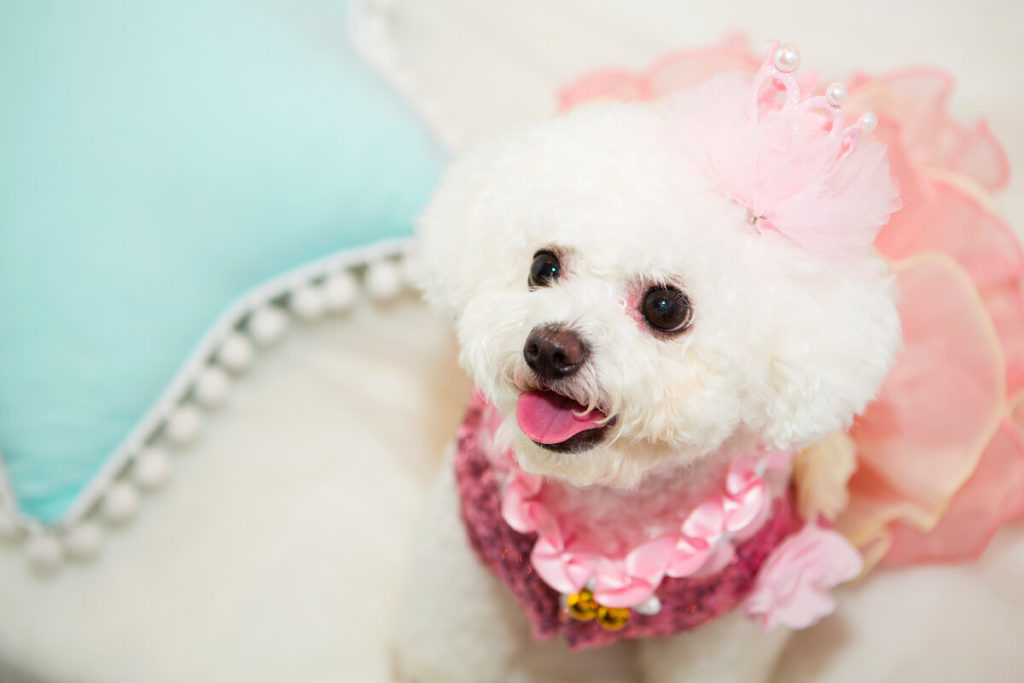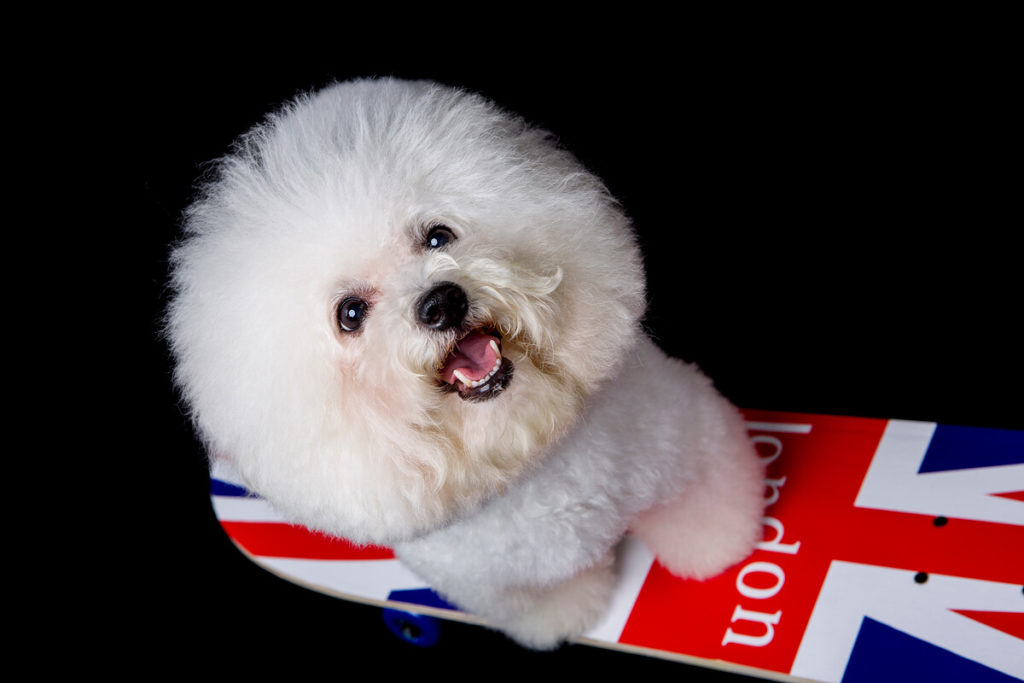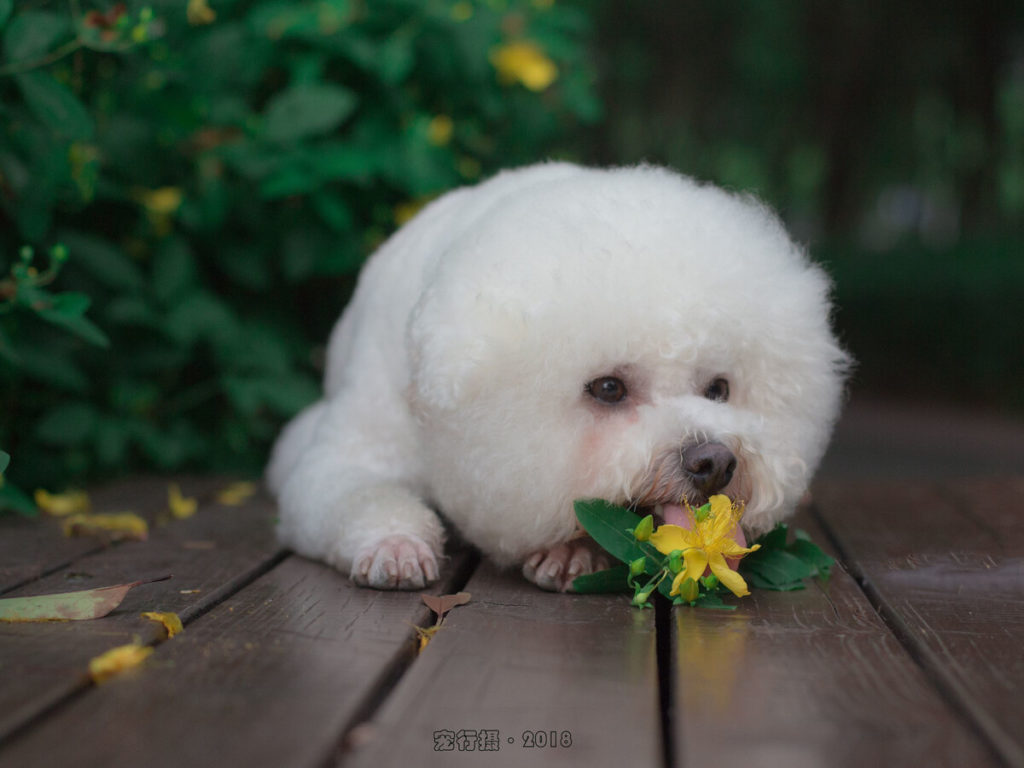We’ve all been there at mealtimes, watching as our Siberian Huskies finish their food in what feels like seconds. Their greedy personalities have led to a reputation of eating anything and everything that’s put in front of them, but how do you make a Husky eat slower? And are there any risks associated with their speedy eating?
Why do Huskies eat fast?
Seeing your Husky gulp down their food like there’s no tomorrow can be frustrating, but is there a reason for them doing it? Before getting into any potential behavioural reasons, it should be understood that Huskies are simply a greedy breed. We have yet to come across a Husky that doesn’t love food and it is their nature to scarf down everything in front of them.
There are some cases where eating faster than usual is an indication of a behavioural problem. The most common of these issues often arises in homes with more than one dog where individuals become protective over their food. This is because dogs see their food as an essential resource and any potential competition within the household can cause them to eat fast as a way of preventing others from getting to it.

Common amongst Huskies who have been rescued is food anxiety. This happens when in a previous home, feeding times were irregular or often skipped altogether leading to a dog being unsure of when they will be fed again next.
Understandably, this leads to anxiety surrounding food that can cause a Husky to quickly eat all of their meal before it can be taken away from them by their owner. Sadly, these behaviours do not simply disappear once the dog is in a new home and they can take years to be unlearned.
There are many more potential reasons for your Husky to be eating their food unreasonably fast. We recommend monitoring their mealtimes to look for any changes in their eating habits and attitudes towards food. If you spot anything that concerns you, you should speak to a vet for further advice.
Does eating fast cause any risks?
Eating fast might just be a part of your Husky’s personality, but that doesn’t mean it’s inherently good for them. In fact, speedy eating can potentially cause a whole range of problems for your Husky that can easily be avoided.
The most obvious of these problems is the risk of choking or gagging. Huskies who eat their food too quickly often won’t chew their food. This becomes even more of a problem for Huskies who eat dry kibble as the hard pellets are more likely to become lodged in their throats. We’re all familiar with the ‘ack’ sound that comes with our Huskies trying to clear their throats after eating too quickly!
Other problems can arise due to your Husky swallowing an excess of air when gulping their food down too fast. Air can cause your dog’s stomach to expand leaving them feeling uncomfortable or even potentially causing them to vomit their food back up. Even more serious than this is the risk of your dog getting bloat.

Bloat, also known as gastric dilatation-volvulus, occurs when a dog’s stomach becomes twisted causing it to fill with gas. Despite its innocent name, bloat is extremely serious and leads to death in a third of cases.
There is research that shows dogs who eat quicker have a higher risk of getting bloat due to the increased intake of air into the stomach. As Siberian Huskies are already more susceptible to bloat thanks to their deep chests, added measures should be put in place to try and slow their eating down.
You can read about the signs and symptoms of canine bloat along with our tips to prevent it here.
How to make your Husky eat slower
Hopefully by now you understand why speedy eating should be discouraged. Whilst greediness may simply be a part of a Husky’s personality, there are thankfully several things you can do to force them to slow down during mealtimes. We’ve listed our favourite tips for you and your Husky to try during their next feed.
The best solution that we’ve found to slowing down speedy eaters is to invest in a slow feeder bowl. These are regular sized dog food bowls that have a protruding pattern on the base. These raised shapes force your dog to slow their eating as it is harder for them to get to the food meaning they have to take smaller mouthfuls.
We personally love the Slow Feeder Dog Bowl by UPSKY as the patterns are not too intricate or tightly packed for the large snouts of a Husky to get around. The bowl comes in a variety of pretty colours and has non-slip pads on the bottom to prevent any annoying scooting of the bowl.
Despite the protruding shapes, the bowl is still easy to clean thanks to the rounded edges and is dishwasher safe. The bowl is marketed as being for small/medium dogs but we’ve found it to be plenty big enough, even for our giant Huskies!
Stainless Steel Slow Feed Bowl by Neater Pet Brands
If you’re worried your Husky might be put off by a more complicated pattern or if you’re simply looking for a bowl that’s compatible with your elevated feeder, then the slow feeder by Neater Pet Brands is for you. The stainless-steel bowl features a single raised shape in the centre of the bowl.
Despite being more simplistic, the shape is big enough to force your Husky to take smaller mouthfuls hence making them take longer to eat their food. If you’re buying this bowl to fit your Husky’s elevated feeder, make sure to double-check the dimensions.
For those of you looking to recreate this bowl without having to spend any money, we suggest finding a large rock that can be placed inside your Husky’s bowl to get the same effect. Make sure the rock is clean and has no chunks that can easily fall off though as your Husky is bound to be biting around it to get to their kibble!
Bite Resistant Toy Ball by Idepet
If you have a Husky who loves to chew, it can help to use a food puzzle toy to train them to eat a little slower. We’ve had success using the Bite Resistant Toy Ball by Idepet which can be stuffed with kibble and requires a dog to chew it for them to be released. We like to give them the toy before their mealtimes using some of the kibbles they would normally eat to try and get our Huskies into the mindset of eating slowly.
As with most toys, these are unfortunately not completely resistant to Huskies who love to chew but we have had the most success with them compared to other similar products. The toys come in a pack of two and with daily use, we find that we have to repurchase them a couple of times a year.
Final Thoughts
Getting your Husky to eat slowly may seem like an impossible task but using our recommended products you’ll be able to stretch mealtimes out. Eating slowly is not only good to prevent health issues is also a sign of good mental health within your Husky.







